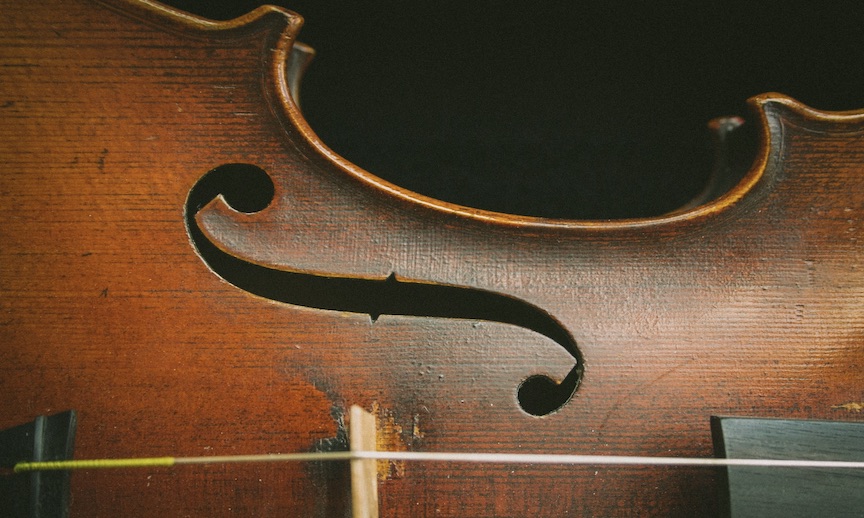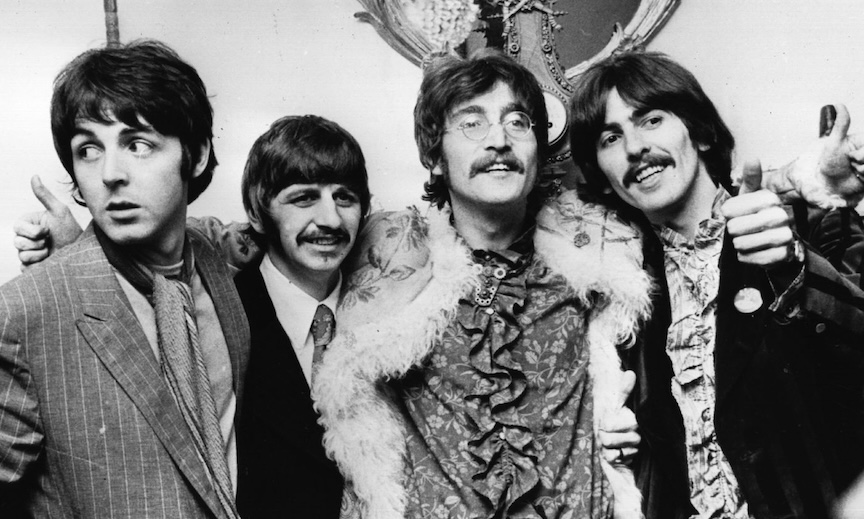FIT AS A FIDDLE
In high school, Travis had a friend named Natalie, an exchange student from Frankfurt, Germany. While she lived here, she did a lot of clothes shopping for family and friends back home — blue jeans and other items that she could get more affordably in the States. Because things are sized differently in the US and Europe, I imagine that she got pretty good at translating measurements and calculating fit. She was forever vexed, however, by the notion of “one size fits all.” Travis does an impression of her encountering the phrase on various tags: “One size fits all? How can this be? This makes no sense. It cannot be true!”
I have that problem with socks. They don’t usually say, “fits all,” but most of them are sized 6-12, which is a huge span to begin with and even that ridiculous range leaves my size-13 dogs out.
I’ve been gnawing on the idea of FIT this week — from the flawed premise of one size for all and “average” fits, through the idiom “fit as a fiddle,” and into the idea of what a “perfect fit” might mean…
In 1950, the United States Air Force launched a study to try to determine why, seemingly all of a sudden, good pilots were crashing good planes. On a single tragic day in the late-1940s, seventeen skilled pilots went down in seventeen airplanes for no apparent reason. After ruling out the obvious possible causes, it was determined that the problem was that cockpits were overdue for redesign. Cockpits were still being built according to 1926 proportions, and twenty-five years later, pilots were trending bigger. So a team of engineers and statisticians took meticulous measurements of over 4000 pilots, including details like the distance from one’s ear to eye and the length of everyone’s thumbs, and calculated the average. The idea was that if they could discover the new average size of an Air Force pilot, they could build a better-fitting cockpit.
The problem was, after they made it, they found that the new cockpit fit almost nobody. Fewer than 3% of the pilots were “average” overall. Which was irritating, but interesting. One good thing about it is that it led to the development of adjustable seats, which is a comfort that we all enjoy today in modern automobiles. I can’t even imagine how it would’ve blown their minds in 1950 if they’d been trying to build an average to fit both men and women.
The concept of an “average person” — not just in terms of size, but also regarding preferences, tastes, ideals, and values — really started to take hold during 19th-century industrialization. The possibility of one-size-fits-all was really appealing to those who wanted to mass-produce for a mass-market. Because it’s cheaper and easier to make one thing in one size and just expect consumers to adapt themselves to it.
Today, obviously, there’s much more customization than there used to be — a lot of products and services are presented as individualized, just-for-you, have-it-your-way plans to match every need and budget. The idea of the “average,” however, in terms of broad appeal and application, is still quite prevalent. Standardized education. Governance according to polls. Box-office potential. Mediocrity for everyone!
In some ways we’re so specialized that it’s mind-boggling — each of us could have a completely different breakfast cereal — bespoke granola. In other ways, important ways, what’s offered is so straight down the middle that in trying to speak to everyone it ends up exciting, enlivening, and engaging pretty much no-one.
So what I’m wondering is: How does all of this affect our sense of fitting, whether or not we fit and belong, whether or not something is a “good fit” for us? How does it inform our relationships, organizations, and communities? How about our belief systems?
The expression “fit as a fiddle” is often used today to suggest physical fitness or wellbeing, being in good condition. Originally, though, it had more to do with suitability for the task at hand, the apt tool for a particular purpose, being “fitting.”
To think ourselves fit as fiddles means to know ourselves as well-suited — for these circumstances, these times, these lives. As we navigate this weirdly connected-but-isolated world of extreme specialization on one hand and on the other hand things simplified down to the broadest and lowest common denominators, I think maybe we could try to approach differently the question of whether or not we fit.
If something’s uncomfortable, that’s not because we are the wrong size or the wrong anything. It might mean that the thing needs adjustment. It may not be the right thing for us right now. Maybe our contribution would be better expressed or experienced in a different way.
But let me reiterate: if we don’t feel a good fit, that doesn’t mean there’s something wrong with us. The only way that one size fits all is if that One Size is Infinity. You belong, just as you are. You are welcome, just as you are. And if the sock doesn’t fit, you don’t have to wear it.
I can’t wait to be with you this Sunday, at 10:00 am, at Maple Street Dance Space. Special musical guest, Lisa Donald, will be with us with her beautiful cello. Lisa is a founding member on the board of the Sky Velvet Vassar Foundation, which supports music education for young people in New Mexico. Learn more about the foundation HERE. And remember, if you have musical instruments that you no longer use hanging around, you can bring them to service this Sunday (or whenever) and we’ll make sure that Lisa gets them. I’ll be turning over my once-loved trumpet that needs someone new to play him. XO, Drew
©2022 Drew Groves




